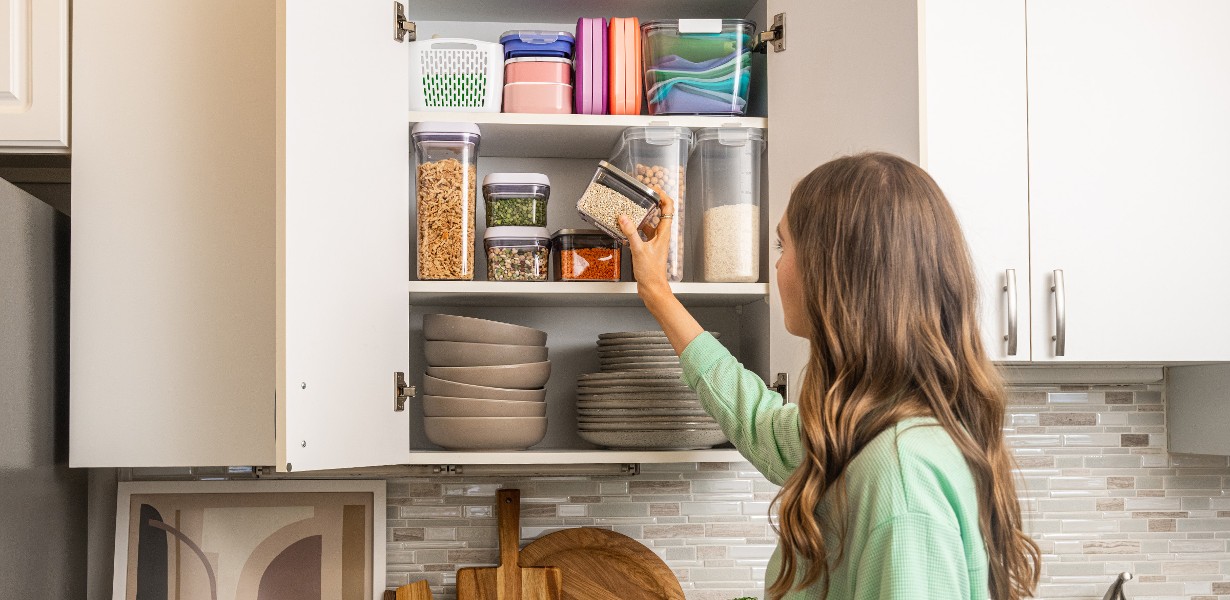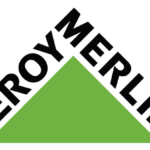
Welcome to our comprehensive guide on kitchen organization! In this article, we will delve into the art of creating a well-organized and efficient kitchen space that will not only simplify your culinary endeavors but also bring a sense of tranquility to your home. With our expert tips and actionable advice, you’ll be able to transform your kitchen into a functional and aesthetically pleasing haven. Get ready to embark on a journey to kitchen organization bliss!
Discovering the Essence of Efficient Kitchen Organization
Understanding the Importance of Kitchen Organization
Efficient kitchen organization is the key to a smooth cooking experience and a clutter-free environment. A well-organized kitchen offers numerous benefits, including saving time, reducing stress, and maximizing the available space. By implementing a thoughtful organizational system, you’ll be able to maintain order, easily access your cooking tools and ingredients, and create a visually appealing kitchen that reflects your personal style.
Assessing Your Kitchen’s Current State
Before diving into the organization process, take a moment to evaluate your current kitchen setup. Consider the available space, the types of items you need to store, and any specific challenges you may face. This assessment will help you determine the most effective strategies and tools to utilize during the organization process.
Essential Tips for Effective Kitchen Organization
Tip 1: Declutter and Categorize
The first step towards achieving kitchen organization perfection is to declutter and categorize your belongings. Begin by removing all items from your cabinets, drawers, and countertops. Carefully assess each item’s usefulness and consider donating or discarding those you no longer need. Next, categorize your remaining items into groups such as cookware, utensils, small appliances, and food items. This process will create a solid foundation for an organized kitchen.
Tip 2: Optimize Storage Space
Once you’ve decluttered and categorized your kitchen items, it’s time to optimize your storage space. Invest in high-quality kitchen organizers such as shelves, racks, and drawer dividers. Utilize these tools to maximize vertical and horizontal space, group similar items together, and create designated storage areas for different categories. Consider using clear containers for dry goods, stackable storage for pots and pans, and hanging racks for frequently used utensils.
Tip 3: Establish a Functional Workflow
To create an efficient kitchen, it’s essential to establish a functional workflow. Arrange your kitchen items based on their frequency of use and proximity to the relevant workstations. Keep commonly used utensils and spices within arm’s reach of the stove, while storing less frequently used items in more remote areas. Designate specific areas for prep work, cooking, and cleaning to streamline your culinary process.
Frequently Asked Questions
Q1: How often should I declutter my kitchen?
A1: It is recommended to declutter your kitchen at least once a year. However, you may choose to do it more frequently if needed. Regular decluttering sessions will help you maintain an organized kitchen and prevent the accumulation of unnecessary items.
Q2: What can I do with limited cabinet space?
A2: If you have limited cabinet space, consider utilizing vertical storage options such as hanging pot racks or wall-mounted shelves. Make use of the space above your cabinets by displaying decorative items or storing infrequently used appliances. Additionally, maximize drawer space by using drawer dividers or organizers.
Q3: How can I keep my pantry organized?
A3: To keep your pantry organized, start by categorizing food items and using clear containers or labeled bins for better visibility. Arrange items by type and expiration date, placing the oldest items towards the front. Regularly assess your pantry’s contents and discard expired or stale items to maintain freshness and organization.
Q4: How can I create an organized system for storing plastic containers and lids?
A4: Storing plastic containers and lids can be a challenge, but with the right system, it can be a breeze. Stack similar-sized containers together and nest smaller containers within larger ones to save space. Use a dedicated container or drawer for lids, organizing them by size or shape. Consider using adjustable dividers or even a file organizer to keep everything tidy.
Q5: What can I do to maintain an organized kitchen in the long run?
A5: To maintain an organized kitchen, make it a habit to clean and tidy up after each use. Return items to their designated spots, wipe down countertops, and sweep or vacuum the floor regularly. Regular maintenance and discipline will ensure that your kitchen organization efforts remain intact over time.
Conclusion
Congratulations on completing our ultimate guide to kitchen organization! By following our expert tips and implementing the actionable advice provided, you’ll be well on your way to achieving a clutter-free and efficiently organized kitchen. Remember to declutter and categorize, optimize storage space, and establish a functional workflow tailored to your needs. With a well-organized kitchen, you’ll enjoy a seamless cooking experience and a harmonious culinary haven.
Advertisement







